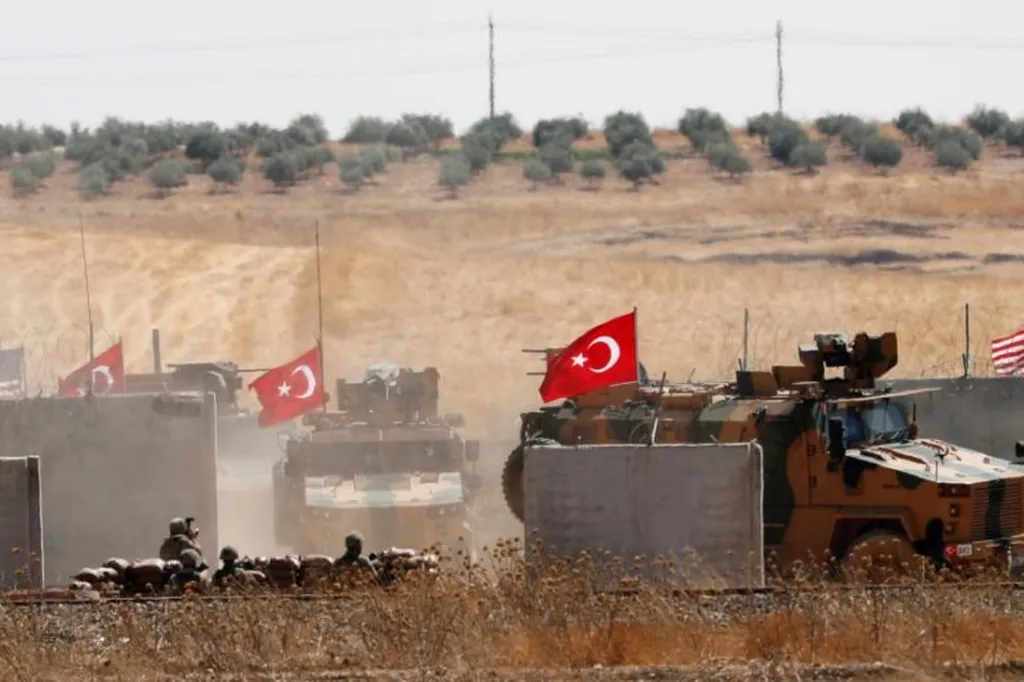Azerbaijan’s inaugural gas exports to Syria via Turkey mark a significant pivot in the Eastern Mediterranean’s energy landscape, with implications that ripple far beyond the immediate parties involved. This trilateral initiative, backed by Qatar, is not merely a commercial venture but a strategic gambit that could reshape regional energy dynamics and post-conflict reconstruction efforts.
The move underscores Azerbaijan’s intent to diversify its export markets and strengthen its foothold in the Middle East. By tapping into Turkey’s existing Kilis–Aleppo pipeline infrastructure, Azerbaijan is positioning itself as a critical player in regional energy security. The project’s financial structure, blending public and private investment, mitigates risks and offers a blueprint for future cross-border energy initiatives.
For Turkey, the corridor aligns with its National Energy Plan, aiming to reduce reliance on Russian gas and solidify its role as a regional energy hub. The initial gas deliveries are expected to bolster Syria’s electricity generation, a crucial step in stabilizing the war-torn country’s infrastructure. The pipeline’s expansion and the potential revival of the Arab Gas Pipeline could further integrate Syria into a broader regional energy network, unlocking new markets and economic opportunities.
However, the corridor is not without risks. Syria’s economic fragility, regional geopolitical tensions, and opaque pricing mechanisms pose challenges. Azerbaijan’s preferential pricing model, prioritizing political influence over immediate profitability, may deter short-term investors. Moreover, the project’s reliance on Turkey’s transit infrastructure exposes it to operational and political uncertainties.
Investors must navigate these complexities carefully. Prioritizing projects with robust infrastructure safeguards, such as long-term power purchase agreements, and diversifying exposure across complementary energy initiatives will be key. The corridor’s success could set a precedent for future cross-border collaborations, but it will require a delicate balance of political foresight and infrastructure resilience.
The implications for markets are profound. The Eastern Mediterranean is increasingly becoming a nexus of geopolitical alignment, infrastructure resilience, and long-term economic opportunity. As the region’s energy landscape evolves, investors and policymakers alike will be watching closely to see if this corridor can deliver on its promise of stability and prosperity. The success of this initiative could pave the way for similar projects, fostering a more interconnected and resilient regional energy market. However, it will require careful management of risks and a commitment to long-term strategic vision.

